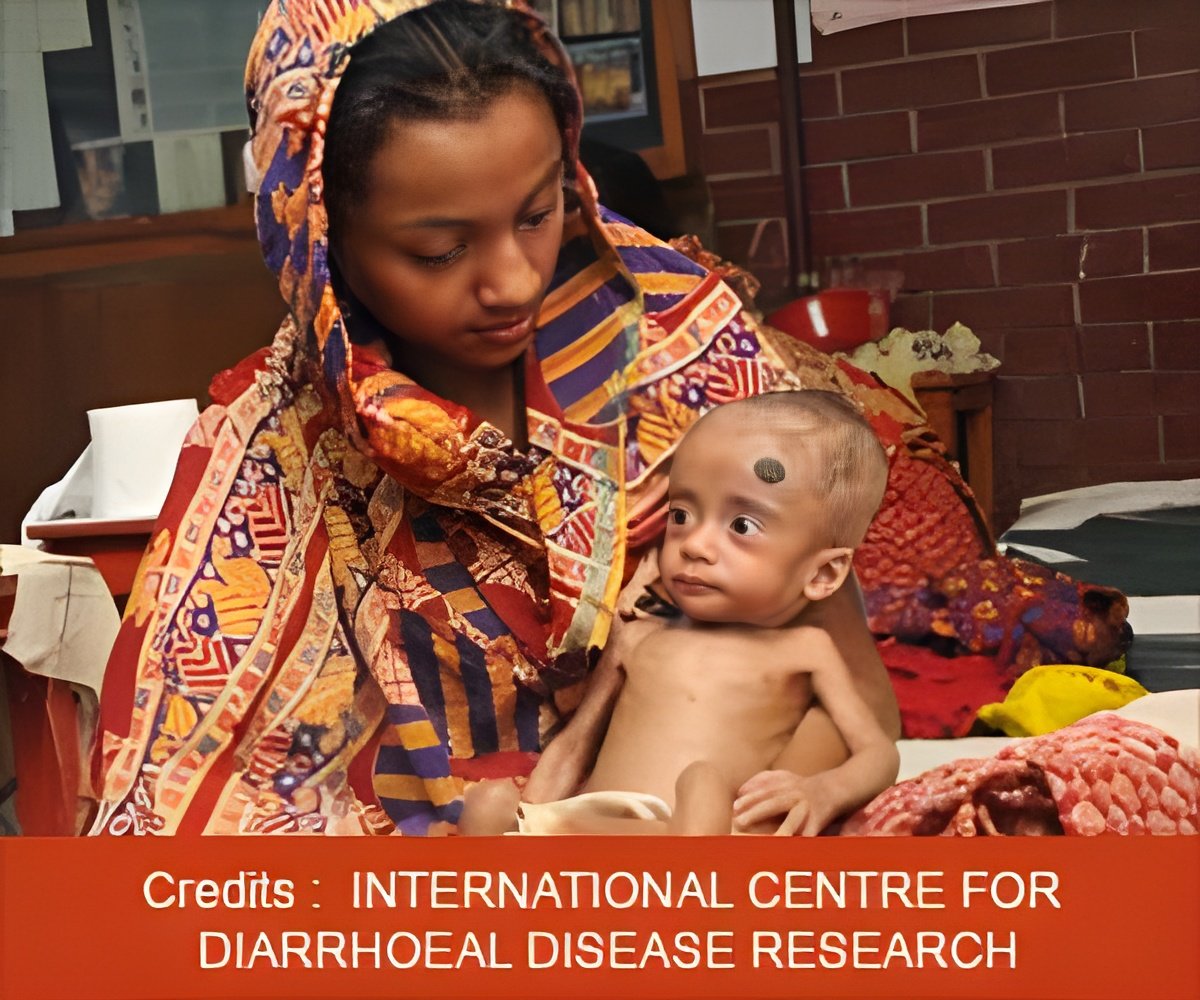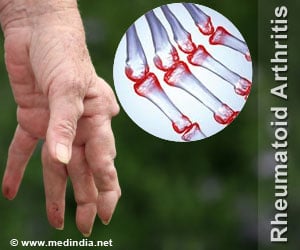
Bioactive glycans in a microbiome-directed food for children with malnutrition
Go to source).
Alleviating Malnourishment by Nurturing Gut Microbiome with New Super Food
The study suggests that identifying the key growth-promoting gut bacterial strains that function as their therapeutic targets can help guide treatment with the current food formulation and could enable the creation of new, more effective formulations in the future.‘MDCF-2 therapeutic food boosts a healthy gut microbiome that is essential for the healthy growth of malnourished children. #MDCF2 #malnourishedkids #gutmicrobe #guthealth #childhealth’
Tweet it Now
“We have identified bioactive elements of a microbiome-directed food,” said Gordon, who is also director of the Edison Family Center for Genome Sciences & Systems Biology at the School of Medicine. “These are naturally occurring carbohydrate structures that could, in theory, be recovered in large quantities from the byproduct streams of food manufacturing and be used to produce prebiotics. We also have identified the microbes that process these food components, and in theory, there is potential for the organisms themselves to be part of a therapeutic intervention in children completely lacking these beneficial gut microbes.”
Building on this work, the World Health Organization together with the Bill & Melinda Gates Foundation is supporting a large, multisite clinical trial investigating this new therapeutic food — called MDCF-2, or microbiome-directed complementary food. The trial, which is in its early stages, aims to enroll about 6,500 malnourished children, ages 6 months to 2 years, living in Africa and Southeast Asia.
Malnutrition is a leading cause of death in children under age 5, and nearly 150 million children under this age suffer from stunted growth, according to the World Health Organization and the United Nations Children’s Fund. Treatment with traditional therapeutic foods reduces deaths, but it does not substantially improve other long-term effects of malnutrition, including problems with metabolism, bone growth, immune function, and brain development.
Gordon said, “Development of the gut microbial community in the first two years of life needs to be in sync with the development of the rest of the body, the other organ systems.
Advertisement
Gut Bacteria To Support Developmental Milestones of Malnourished Children
The researchers, including co-first authors Matthew C. Hibberd, Ph.D., an assistant professor of pathology & immunology, and Daniel M. Webber, MD, Ph.D., an instructor in pathology & immunology, found that strains of the bacteria Prevotella copri were positively associated with increased growth in the children.These organisms showed increases in the activities of metabolic pathways that use beneficial bioactive carbohydrate structures present in the MDCF-2 therapeutic food. Compared with children receiving the traditional therapeutic food, those receiving MDCF-2 showed higher blood levels of certain proteins that support musculoskeletal growth and neurodevelopment as well as lower levels of proteins involved with inflammation — indicating that the effects of microbiome repair extend well beyond the walls of the gut.
Advertisement
In the 2021 clinical trial, the MDCF-2 therapeutic food was given as a dietary supplement to provide about 20% of the children’s daily energy requirements. Ingredients of MDCF-2 include chickpea flour, soybean flour, peanut paste, and mashed green banana pulp; the traditional, higher-calorie, ready-to-use supplementary food includes rice, lentils, and milk powder.
Detailed analysis of the carbohydrates in these foods revealed that MDCF-2 contains more polysaccharides known as galactans and mannans, while the traditional therapeutic food contains more starch and cellulose.
The children receiving MDCF-2 showed increased growth compared with those receiving the traditional supplementary food, even though the caloric density of MDCF-2 was 15% lower than in the higher-calorie food.
The increased growth associated with MDCF-2 treatment was correlated with increased expression of metabolic pathways present in certain strains of Prevotella copri in children’s microbiomes — pathways that are involved in the organism’s utilization of polysaccharides present in MDCF-2.
“Information from food frequency questionnaires suggests that the children who had the greatest response to MDCF-2 were also consuming more nuts and legumes as part of their regular diets,” Webber said. “These nuts and legumes possess some of the same polysaccharides as MDCF-2. This suggests that there may be opportunities to adjust the composition and dose of MDCF-2 to further enhance its therapeutic effect.”
Gordon added: “The upcoming clinical trials of MDCF-2 in East and West Africa and in South Asia will test the generalizability of its effectiveness in malnourished children from 6 months to 24 months of age with varying degrees of severity of malnutrition.
The results from these and other studies should help advance our understanding of how our microbes collaborate with our human cells and organs to influence developmental biology, refine our approaches for the development of microbiome-directed therapeutics, and help us develop new approaches for feeding our children to ensure the formation of healthy microbiomes during the first several years of postnatal life.”
Reference:
- Bioactive glycans in a microbiome-directed food for children with malnutrition - (https://www.nature.com/articles/s41586-023-06838-3)















